Resonance of Fate is a new console role-playing game developed by Tri-Ace and published by Sega for the PlayStation 3 and Xbox 360. This game will be released this month in Europe and America.
While Final Fantasy tries to be progressive by appealing to the masses – simplifying and streamlining to the point where where some series’ fans are feeling left out – Resonance of Fate raises an eyebrow and then heads in completely the opposite direction.
Resonance of Fate is unconcerned with flashy graphics and simple systems and it’s certainly not big on putting a grand story across in hours of uninterrupted cutscenes. Instead, developer Tri-Ace has focused primarily on its battle system and its world. Hungry for a new JRPG? Provided you’re not scared off by complexity, this could be the one to go for.
It’s the most forward-thinking RPG to come out of Japan in years. When Tri-Ace said that its fighting system should appeal as much to RTS fans as it should to RPG heads, they were being honest. A true blend of strategy, action and role-playing, scraps are a genuine pleasure to play. If it weren’t for the difficulty spikes (more on that gripe later) we’d be bold enough to name it the best RPG battle system of the generation. As it is, we’ll rather settle for saying ‘it’s right up there’.
The game begins in Ebel City, a small town situated on level four of the Basel. The Basel itself is the game’s entire world, a monolithic structure with built-in air purification systems, constructed to serve as a human habitat after Earth’s surface is coated with poisonous gas. It’s a beautiful place to kick-start the story: a town built in between whirring gears and flywheels, where rays of sunlight stream through the teeth of the cogs above, filtering down to the cobbled streets in a clockwise pattern of moving prisms. And it’s the one standout moment in a first hour filled with confusion during which you’re hurried through a poorly written battle tutorial and introduced to the daunting overworld.
Resonance of Fate certainly makes no attempt to ease you in gently. Its story deals exclusively in subtleties (we only began to really understand what was going on at around the 15 hour mark) and its systems reveal themselves exclusively to persistent and curious gamers. There’s absolutely no finesse shown in the tutorials either. Though we had wished otherwise, battle mechanics aren’t rolled out one-by-one. You’re handed the entire enchillada from the beginning and are expected to swallow it whole, no questions asked. Which is not really what you need when Resonance’s components are as cryptic as they come.
Through trial, much error and repeated use of the ‘Retry’ button the nuances of the combat begin to reveal themselves. And that’s when it finally hits home. Though its out-of-town visuals may be beyond ugly when compared with the expensively glossy FFXIII environments, beneath the grime sits a core system which feels exceedingly fresh and exciting.
Fighting is all about piling on the regenerating scratch damage with your machine guns, then quickly turning this into permanent damage with a handgun; not all that dissimilar from the philosophy behind Street Fighter IV’s Focus Attacks. Roaming ranges are limited, but you’re always able to exchange a bezel from your Hero Gauge – essentially your team’s shield meter – to set a path for your character of choice to follow while you go all Jesse Ventura with their weapons. Destroy an enemy’s defensive shields (or kill them outright) and you’ll earn a new bezel to beef the gauge back up.
Outside of battle, movement about the overworld is limited by items known as energy hexes. Essentially jigsaw pieces, these are harvested from slain enemies and plugged into the ground. This then opens up pathways to new elevators dotted about the levels (and in a seemingly scattershot pattern it must be said – the Basel engineers were clearly on something). The mechanic turns out to be an elegant one – neatly preventing wayward exploration by restricting the necessary shapes and colours – and having to carefully pick and choose your routes is more fun than it sounds. A word to the wise though: we wasted all of our hexes opening up an entire floor at the promise of a great secret. All it turned out to be was a measly teleport back to the base, and left us seriously low on path-opening supplies come the next few missions.
Progress through the game is split into chapters, each a self-contained chunk of game with one story mission and a handful of side-quests to pad it out. As a band of roving Hunters you need to check a note board for requests which will then point you in the direction of the person needing help. All of the chapter’s side-quests are listed here making it an idea with little elegance and few surprises. But it’s a welcome addition all the same: the compartmentalised approach is a great litmus test for judging how underpowered your team is and you always have the option of stopping the next chapter from kicking in until you’re ready for it. The neatness of the clockwork theme that permeates the world being applied to the mission progress wasn’t lost on us.
Alas the praise must, temporarily at least, come to a halt round about here. Despite its successes there are still plenty of problems nibbling away at the shiny edifice of Resonance of Fate. The underlying story lacks meaningful cohesion; loading transitions between areas are too frequent and too long; features such as the Fight Arena and costume customisation are implemented in ways which make them completely extraneous and the dungeon designs are frequently bland and ugly, especially after seeing the inspired designs of Ebel City and its sister towns.
But the biggest problem by far is a simple balancing issue. The game is ‘difficult’ in a way that would make any masochist grin like crazy, and if you’ve not been grinding like a millstone you’ll find bosses impossibly tough. When our party was temporarily reduced to two members we were told about dual-wielding. Maddeningly, neither of the remaining characters was able to shoulder the weight of two weapons simultaneously. The Hero Gauge bezels are in ridiculously short supply (we’d gathered six by the seventeenth hour of play, which felt like the acceptable minimum) and if a battle starts to slip away from you there’s absolutely no way back on top, short of retrying the entire confrontation again. All these problems are basic slider issues, rectifiable by tweaking the code a tiny bit. A little more experience here, a little more health there would have solved it.
Be careful not to mistake this unfairness with inept tactics, though. One boss felt particularly overpowered until we mixed up our tactics – declining to control anybody but Zephyr who eventually amassed enough scratch damage for us to finish the Big Bad off with a single handgun shot. That you’re left to your own devices to discover these tricks is a massive oversight but the game doesn’t deserve to be punished for simply neglecting to teach you correctly. You can thank us however you like – the tip above will see you through plenty of battles you’d otherwise struggle to complete. But post-launch we also expect to see forums discussing the best ways of taking individual enemies down. The silver lining? Discoveries like these emphasise how much hidden depth there is to the game.
Without the crowd-pleasing production values of its Square-made competitor, Resonance of Fate will be a tough sell to newcomers. Perhaps it’s for the best. Unless you’re familiar with the genre, Final Fantasy XIII, such as it is, probably remains the better representation of a traditional JRPG: an easier game to sink into, bolstered by thousands of man hours of gloss and a story with some pace behind it.
And yet, if you’re serious about diving into an RPG and are prepared to push beyond its abrasive features and discover the potential locked inside, Resonance of Fate will prove to be the sensible choice. Its clumsily paced cutscenes still manage to flesh out more likeable, funnier characters than Final Fantasy XIII does, even with its Hollywood production values, and there’s definitely a whole lot more to keep JRPG old-timers enthralled.

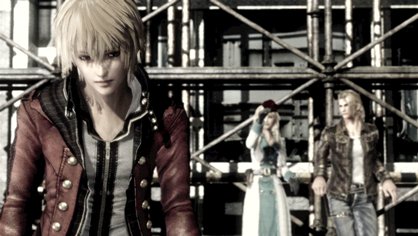
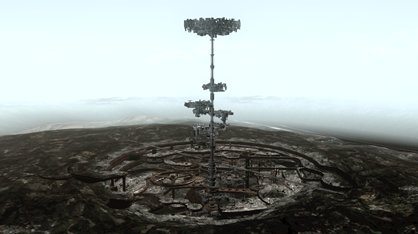
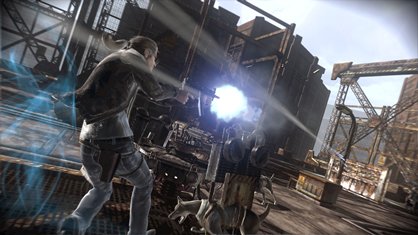
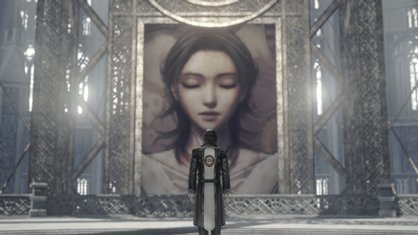
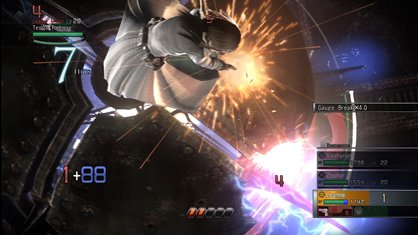
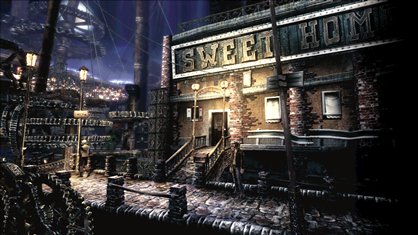
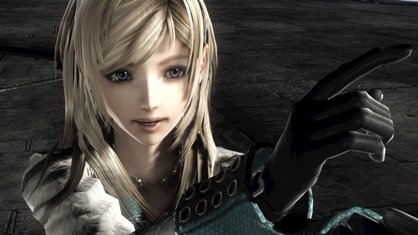
![Read more about the article Kinect For Xbox 360 Hacked To Work As PS3[Video]](https://thetechjournal.com/wp-content/uploads/2011/03/H9LVS-300x171.jpg)
